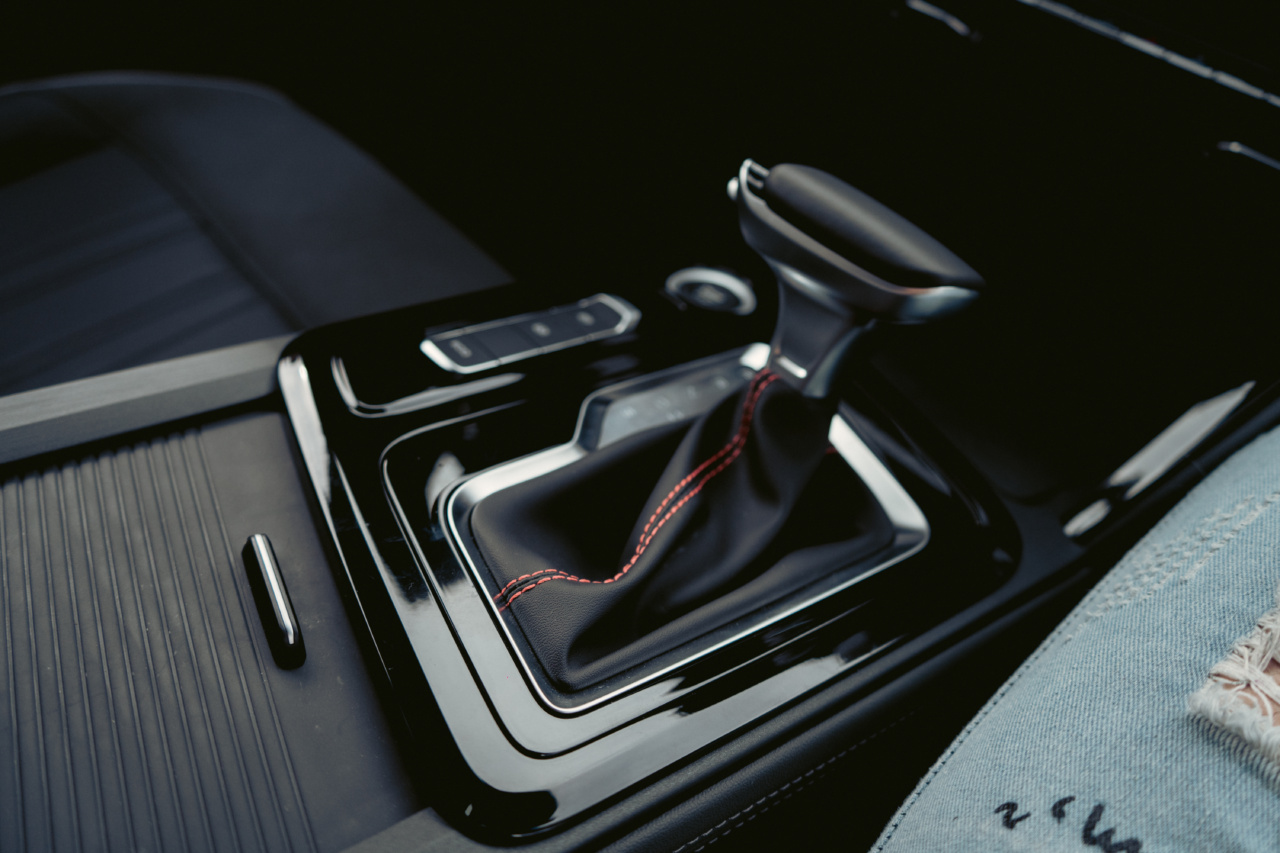Many dogs love going on car rides, sticking their heads out of the window and enjoying the wind in their fur. However, for some dogs, the idea of getting into a car can be terrifying.
This fear or phobia of cars can cause a great deal of stress for both the dog and the owner. In this article, we will explore the reasons behind your dog’s car phobia and provide you with helpful tips on how to handle it.
Causes of Car Phobia in Dogs
Dogs can develop a fear or phobia of riding in cars due to various reasons. Some common causes include:.
- Past Traumatic Experience: If your dog had a negative experience in a car, such as a car accident or a rough ride, it can lead to a lasting fear.
- Motion Sickness: Just like humans, dogs can also experience motion sickness, which can make car rides uncomfortable and scary for them.
- Lack of Exposure: Dogs that haven’t been introduced to car rides or have had limited exposure to vehicles may develop fear due to the unfamiliarity.
- Noise Sensitivity: Some dogs are more sensitive to loud noises, such as the car engine or honking, which can contribute to their fear of cars.
- Separation Anxiety: Dogs with separation anxiety may associate car rides with being separated from their owners, causing distress and fear.
Recognizing the Signs of Car Phobia
It’s essential to identify the signs of car phobia in your dog to address the problem effectively. Some common signs of fear or anxiety include:.
- Panting excessively
- Trembling or shaking
- Whining or barking
- Pacing or restlessness
- Panting and drooling
- Trying to escape or hide
- Vomiting or drooling
Gradual Desensitization
One of the most effective methods for helping your dog overcome their car phobia is through gradual desensitization. This process involves slowly and patiently exposing your dog to the car in a positive and controlled manner.
Here’s how you can do it:.
Step 1: Creating Positive Associations
Start by creating positive associations with the car. Let your dog explore the car when it’s stationary. Reward them with treats, praise, and play. Gradually increase the time spent near the car, ensuring your dog is relaxed and happy.
Step 2: Car Introduction
Once your dog is comfortable and excited about being near the car, open the car doors and let them sniff the interior. Continue with praise and rewards to associate the car with positive experiences.
Step 3: Short Rides
Next, take your dog on short rides around the block. Keep the trips brief, so your dog doesn’t get overwhelmed. Gradually increase the duration as your dog becomes more comfortable.
Bring their favorite toys or treats to keep them distracted and happy during the ride.
Step 4: Counter Conditioning
If your dog shows signs of anxiety or fear during the rides, you can use counter conditioning techniques. For example, play calming music or use herbal remedies to help your dog relax.
Pair these calming methods with positive reinforcement, such as treats or soothing their favorite toy.
Additional Tips for Handling Car Phobia
In addition to gradual desensitization, here are some extra tips to help your dog overcome their car phobia:.
- Don’t force your dog into the car as it may worsen their fear. Instead, use positive reinforcement and patience.
- Consider using a dog-specific car restraint or harness to help them feel secure and safe during the ride.
- Ensure proper ventilation and airflow in the car to avoid discomfort or nausea.
- Take frequent breaks during long journeys to allow your dog to stretch their legs, go to the bathroom, and have some water.
- Consult with a professional dog trainer or behaviorist for expert guidance and personalized advice.
Conclusion
While a dog’s car phobia can be challenging, it is possible to help them overcome their fear with patience and appropriate training.
Understanding the causes and recognizing the signs of car phobia in dogs is the first step towards a successful resolution. By using gradual desensitization techniques and implementing additional tips, you can gradually help your furry friend feel more comfortable and confident during car rides, ensuring a happier and safer travel experience for both of you.






























